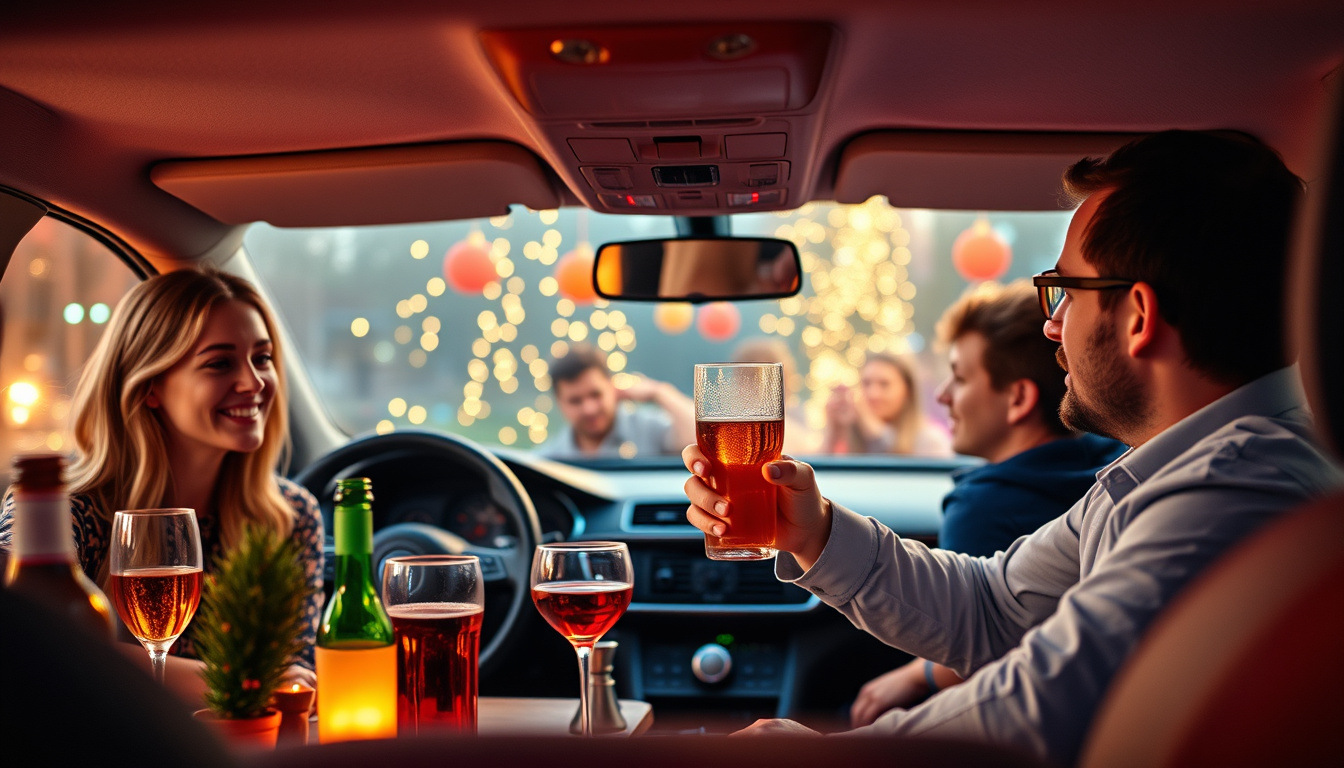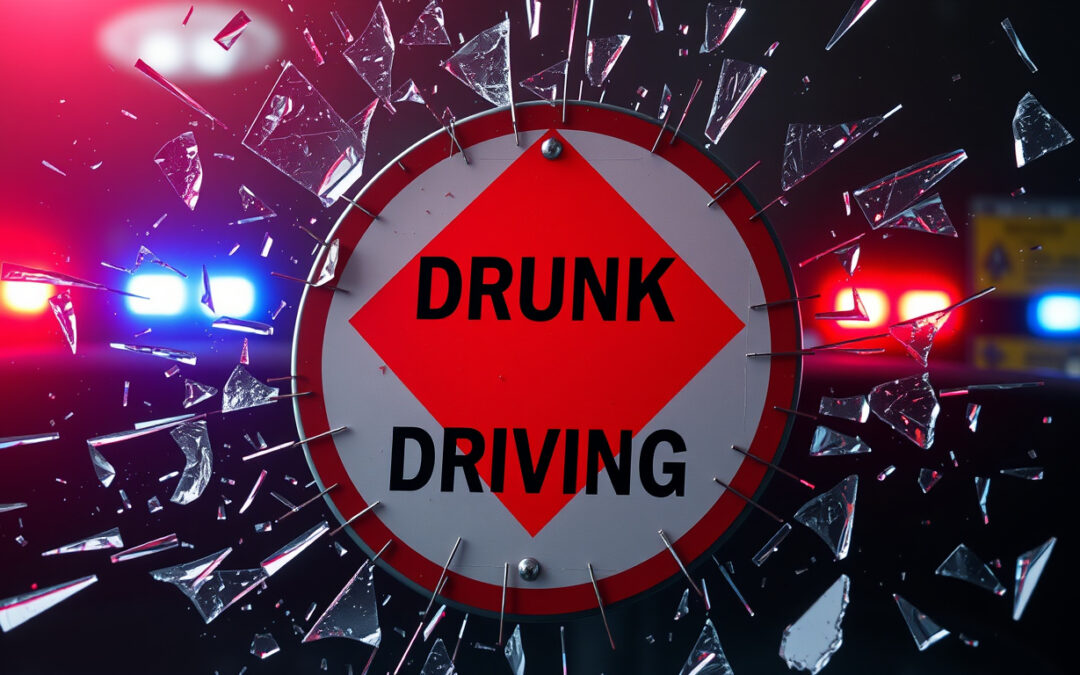Drunk driving remains one of the most serious dangers on our roads worldwide. Each year, thousands of lives are tragically lost or left permanently affected due to impaired driving. Preventing drunk driving is crucial for ensuring road safety and protecting our communities. Implementing effective strategies can significantly reduce the incidence of alcohol-impaired driving and save countless lives. In this article, we’ll explore comprehensive approaches to prevent drunk driving, from community initiatives to technological innovations.
Understanding the Impact of Drunk Driving
Before diving into prevention strategies, it’s important to understand the gravity of the problem. According to the National Highway Traffic Safety Administration (NHTSA), alcohol-impaired driving accounts for approximately 29% of all traffic-related fatalities in the United States alone. The effects of alcohol on judgment, coordination, and reaction times make it a deadly combination when combined with driving.
Why Preventing Drunk Driving is Critical
The consequences of drunk driving extend beyond individual drivers; they impact families, communities, and the healthcare system. Preventing drunk driving is not only about saving lives but also about reducing injuries, legal costs, insurance premiums, and emotional trauma for countless individuals.
Strategies to Prevent Drunk Driving
Effective prevention involves a multi-layered approach that includes legislation, enforcement, education, and technological solutions.
1. Strict Legislation and Penalties
One of the foundational steps in preventing drunk driving is establishing strict laws and penalties. Countries and states with stringent laws tend to see lower incidences of impaired driving. Examples include:
- Lowering blood alcohol concentration (BAC) limits (e.g., 0.08% or lower)
- Heavy fines and license suspensions for offenders
- Mandatory jail time for repeat offenders
- Ignition interlock device mandates after DUI convictions
Enforcing these laws consistently discourages individuals from driving under the influence.
2. Enhanced Law Enforcement and Checkpoints
Police patrols and sobriety checkpoints are proven deterrents against drunk driving. Randomized checkpoints caught over 80% of intoxicated drivers in some studies, demonstrating their effectiveness. Increased patrols during holidays and special events where drinking is common can substantially reduce impaired driving.
3. Public Education Campaigns
Educating the public about the dangers and legal consequences of drunk driving is vital. Campaigns like “Drive Sober or Get Pulled Over” aim to raise awareness, especially among young drivers and party-goers. These campaigns often include:
- Distributing informational materials
- Engaging media advertising
- School-based programs targeting teenagers
Effective education motivates individuals to make responsible choices regarding alcohol consumption and driving.
4. Promoting Designated Drivers and Alternative Transportation
Encouraging designated drivers—people who abstain from alcohol to drive others home—and promoting alternative transportation options can significantly reduce drunk driving incidents. Some strategies include:
- Free or discounted ride services (e.g., Uber, Lyft)
- Community-sponsored taxi vouchers
- Encouraging event organizers to provide transportation
5. Utilizing Technological Solutions
Innovations in technology have opened new avenues to prevent drunk driving:
- Ignition interlock devices: Require drivers convicted of DUI to blow into a breathalyzer before starting their vehicle, preventing use if BAC is above a preset limit.
- Driver monitoring systems: Incorporate alcohol sensors into vehicle systems to detect intoxication.
- Mobile apps and monitoring tools: Apps that alert users when they’re near areas where drunk driving incidents are common or even provide real-time sobriety checks.
According to the Insurance Institute for Highway Safety, ignition interlock devices are highly effective in reducing repeat DUI offenses (source).
6. Community Involvement and Support Networks
Community involvement is crucial. This includes parental supervision, peer influence, and involvement of local organizations to foster a culture of safety. When communities actively promote sober driving and support victims of impaired driving, it can shift social norms and reduce incidents.

7. Providing Accessible Alternative Transportation
Making safe transportation options accessible and affordable minimizes the temptation or necessity to drive after consuming alcohol. Local governments and businesses can:
- Expand public transit routes during peak times
- Offer late-night shuttle services
- Partner with ride-sharing platforms to provide discounted rides to and from venues
Top 5 Tips for Preventing Drunk Driving
Implementing the following practices can make a significant difference:
- Plan ahead: Always designate a sober driver if you plan to drink.
- Use ride-sharing services: Apps like Uber or Lyft can be a safe choice.
- Stay over: If you’re at a friend’s house or a hotel, consider staying overnight.
- Avoid peer pressure: Don’t let friends drive under the influence; offer to be the designated driver.
- Know your limits: Understand your alcohol tolerance and avoid drinking excessively.
Conclusion
Preventing drunk driving requires concerted efforts from individuals, communities, and policymakers. Combining strict laws, technological innovations, education, and accessible transportation options creates a powerful defense against impaired driving. Remember, each life saved from drunk driving is a victory — a testament to the importance of proactive safety measures and responsible choices.
By embracing these strategies, we can foster a culture of accountability and safety that protects us all on the road.
Frequently Asked Questions (FAQ)
Q1: What are some effective ways to prevent drunk driving among young adults?
A1: Education campaigns targeting youth, promoting designated drivers, and providing access to ride-sharing apps can be highly effective. Schools and community programs that foster responsible attitudes toward alcohol and driving are also crucial.
Q2: How do ignition interlock devices help prevent drunk driving?
A2: Ignition interlock devices require drivers to blow into a breathalyzer before starting their vehicle. If their BAC exceeds the legal limit, the vehicle will not start, thereby preventing drunk driving offenses and reducing repeat incidents.
Q3: What role does community involvement play in preventing drunk driving?
A3: Community involvement helps change social norms, promote responsible drinking behaviors, and support victims of impaired driving. Community-led initiatives can include awareness campaigns, peer-education, and support networks, all contributing to safer roads.
References
- National Highway Traffic Safety Administration. (2022). Traffic Safety Facts: Alcohol-Impaired Driving [online]. Available at: https://www.nhtsa.gov/research-data
Preventing drunk driving is a shared responsibility. Through awareness, technology, and community effort, we can make our roads safer and save lives.


